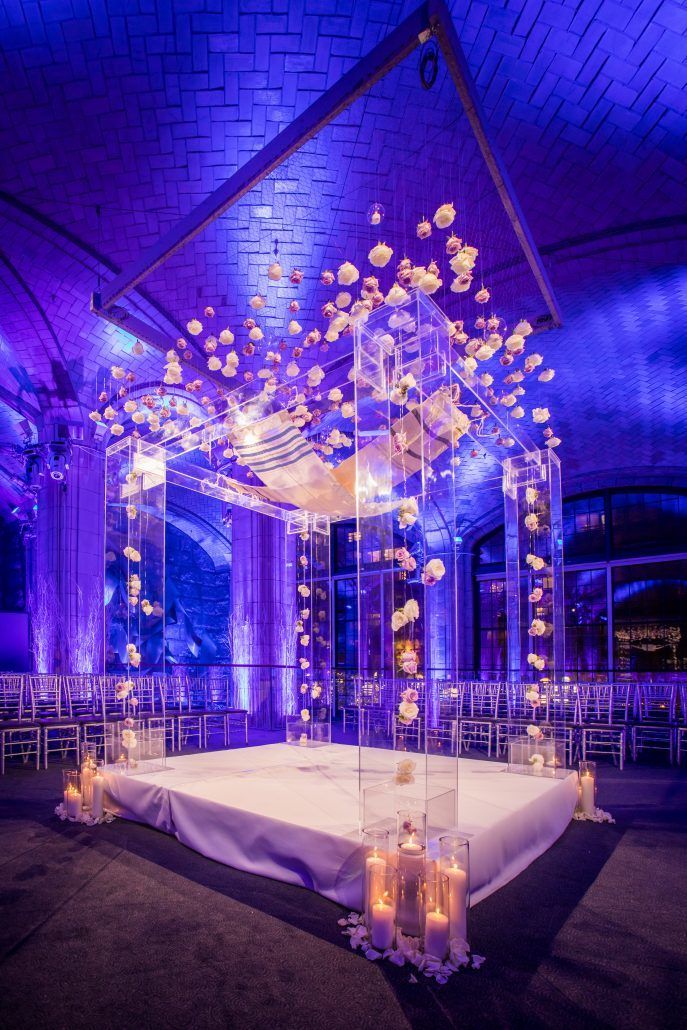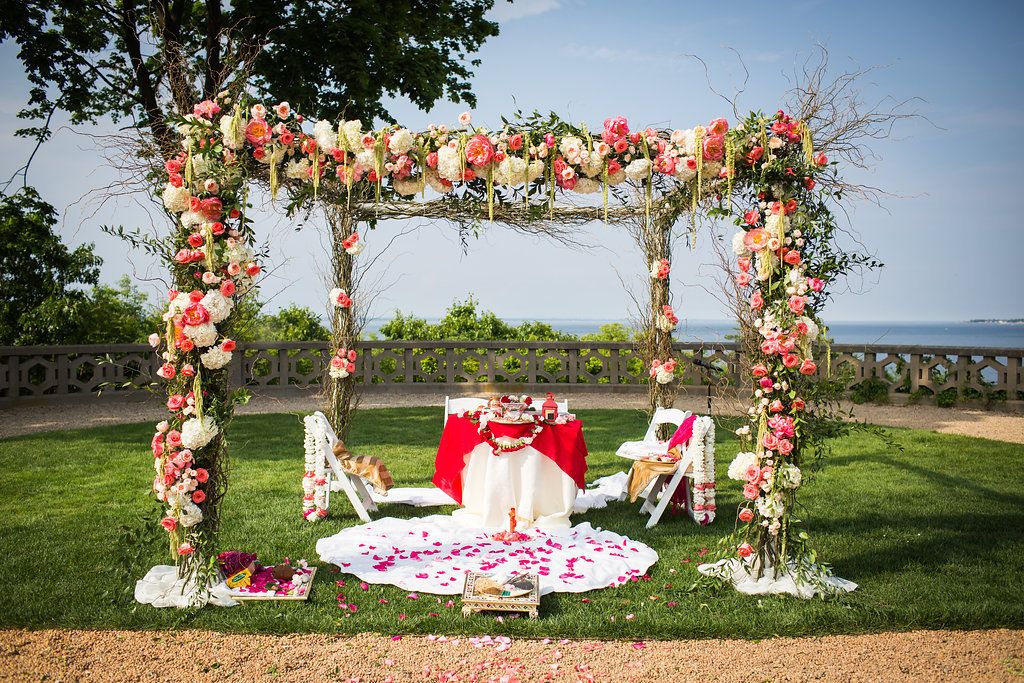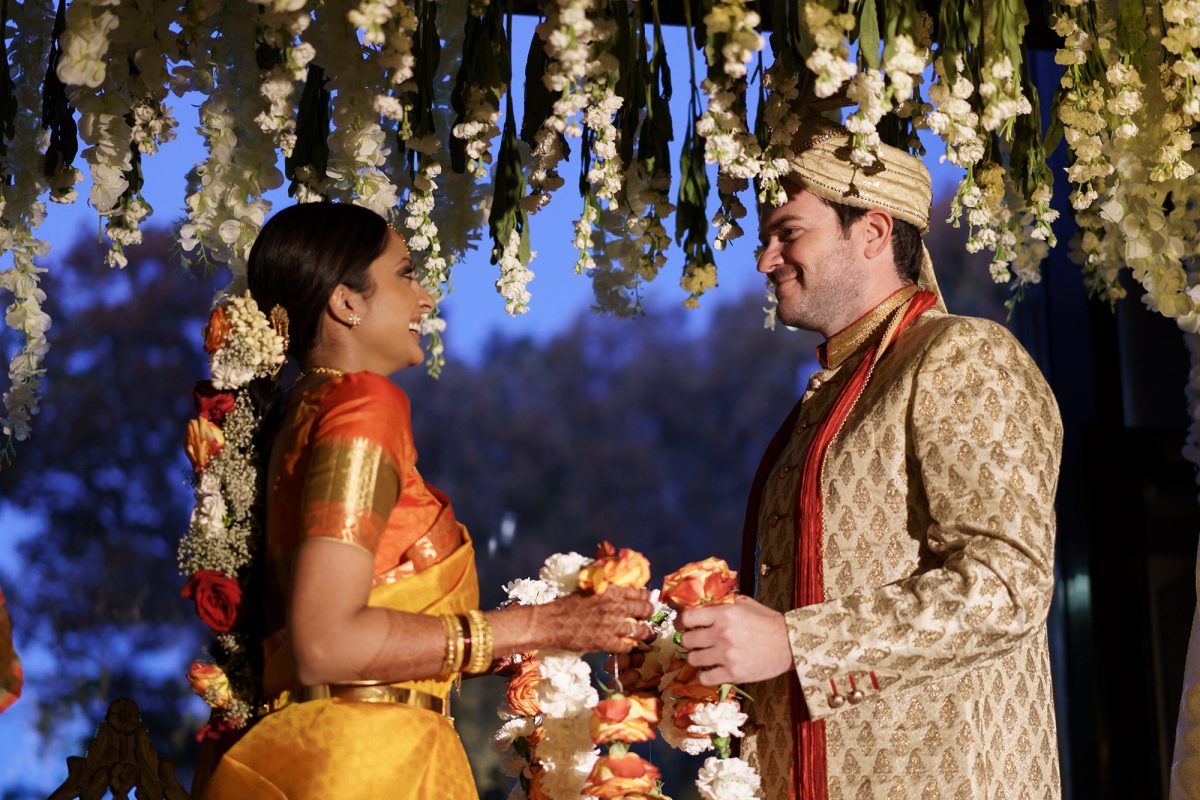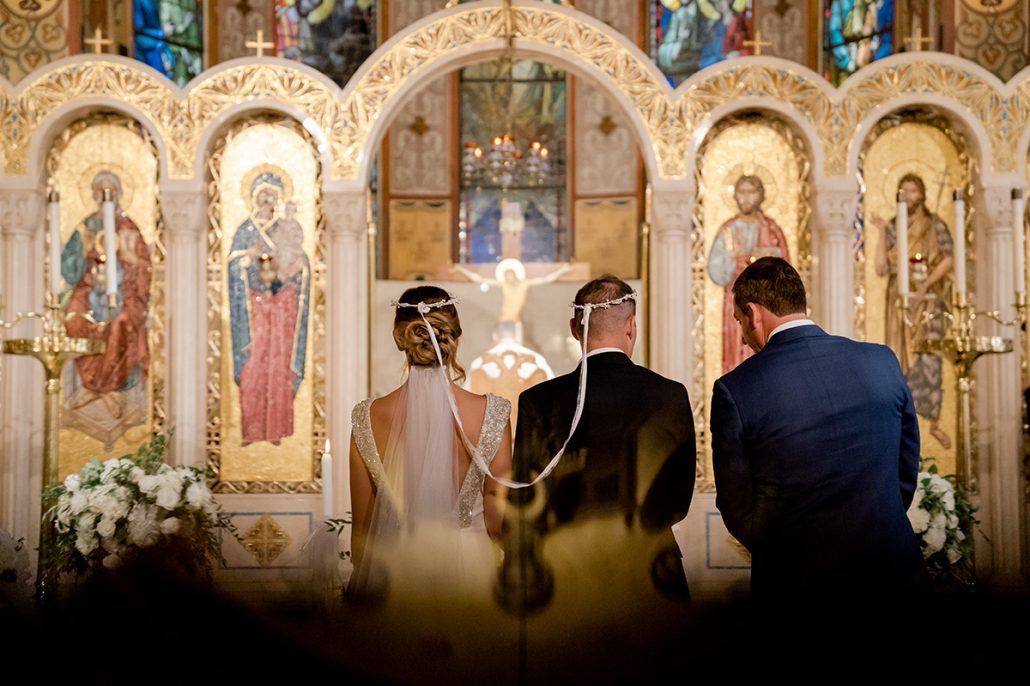Planning & Inspiration
Religious & Cultural Wedding Traditions and What They Mean
Rashna & Sean Wedding – Ceremony – Bronx Zoo – Dideo Films Photography
One of the best things about doing weddings in New York City is the richness of diversity here. We get to work with couples that represent many religions and cultures from around the world. They want to incorporate elements that symbolize their faith and backgrounds during their wedding. Often times, a union is marked by the coming together of different beliefs and practices. Either way, it’s unforgettable to witness the bond of marriage center around something that is so important to two people. Here’s a look at various religious and cultural wedding traditions and what they mean.
Jewish Wedding
Chuppah
In Jewish weddomg ceremonies, the bride and groom are married under a chuppah, a four-post canopy-like structure with a covering that represents the home they will build together. Today, couples use it to not only express their Jewish faith, but to put a personal and decorative touch on their ceremony. We’ve had the pleasure of collaborating with brides to create the most breathtaking chuppahs with designs ranging from wisteria branches adorned with lush florals and greenery to airy, lucite structures that appear to be floating.
Rachel & Rich Wedding – Chuppah -The Carltun – Photo Pink
Danielle & Noah Wedding – Cold Spring Country Club NY -Draped Chuppah Ceremony – Brett Matthews Photography
Madalyn & Jonathan Wedding – Chuppah – Guastavino’s – by Joshua Zuckerman
Breaking The Glass
Perhaps the best-known Jewish wedding tradition is the breaking of the glass. Taking place at the end of the ceremony, it is customarily performed by the groom – though more brides are joining in these days – who steps on a glass that has been wrapped in cloth. Afterward, guests shout “Mazel tov!”, which means “good fortune” in Yiddish. There a numerous interpretations of the ritual – a symbol for the destruction of the first Jewish temple, a reminder that marriage is as fragile as glass, a reminder that life is fragile and the couple should enjoy each day together as though it could be their last, or that this is the last time the groom will ever get to put his foot down. One thing is for sure though, after the glass is broken, it’s time to party!
Marianna and Peter Wedding – Ceremony Breaking the Glass – Mandarin Oriental New York – Fred Marcus Studio
Hindu Wedding
Mandap
The mandap is a four-post structure with a cover that creates the sacred space for Hindu wedding ceremonies. It encloses royal chairs for the bride and groom, a holy fire, and sacred objects and offerings. A Hindu priest guides the couple in performing a series of rituals that seal their bond for life. We’ve had the opportunity to work with brides in planning the décor for their Hindu ceremony and similar to the chuppah, the mandap reflects their personality and unique style.
Kerry & Amit – Mandap -Hempstead House – Photo by Kamila Harris
Rashna & Sean Wedding – Ceremony – Bronx Zoo – Dideo Films Photography
Exchange of Garlands
An Indian marriage is considered complete at the moment when the bride and groom exchange garlands. Vibrant and fragrant, the flowers represent happiness, excitement, inspiration, beauty, and aspiration. Thus, the thread stringing the flowers together is also securing these emotions and feelings in place. As a whole, the garlands represent welcome and acceptance.
Rashna & Sean Wedding – Bride and Groom Ceremony – Bronx Zoo – Dideo Films Photography
Greek Orthodox Wedding
Lighting of Candles
The lighted candle is very symbolic during ceremonies performed in the Greek Orthodox Church. And candles, or lambades in Greek, are a mandatory item in the Greek Orthodox wedding. During the sacrament, the bride and groom each hold lit candles, which represent their willingness to receive Christ, the ‘Light of the World,’ into their lives together.
Aerin and Steven Wedding – Bride and Groom Ceremony – Holy Trinity Cathedral – Photography by Susan Shek
The Crowing Ceremony
The crowning ceremony is the high point of the Greek Orthodox wedding. At this moment, the bride and groom are crowned with thin crowns, or stefana, which are joined together with a ribbon that has been blessed by the priest. The crowns symbolize their union with Christ while the ribbon symbolizes their union of marriage.
Aerin and Steven Wedding – Bride and Groom Ceremony – Holy Trinity Cathedral – Susan Shek Photography
Korean Wedding
Paebaek
Traditionally held a few days after the official ceremony, the Paebaek is a Korean wedding ceremony with only family members in attendance. Today, the ceremony is often performed on the same day, often after the reception. The groom’s parents are seated on cushions behind a table in front of a painted screen while the newlyweds, who are dressed in ceremonial attire, sit opposite of them. After performing a deep bow, the bride offers the father a cup of rice wine and the groom offers a cup to the mother. The bride also offers chestnuts and jujubes (Korean dates), which represent children. The parents share their words of wisdom on marriage. Finally, they throw the chestnuts and jujubes back at the bride who tries to catch them in her skirt.
Kelly & James Wedding – Paebaek Ceremony – Battery Gardens – Angel Project
Religious and cultural traditions guide us through the most important moments in life like getting married. You don’t have to be a member of the church or temple to feel the sacredness and beauty of these traditions expressed during the wedding ceremony. Stay tuned for an upcoming post sharing how to make your wedding meaningful using non-secular traditions.














